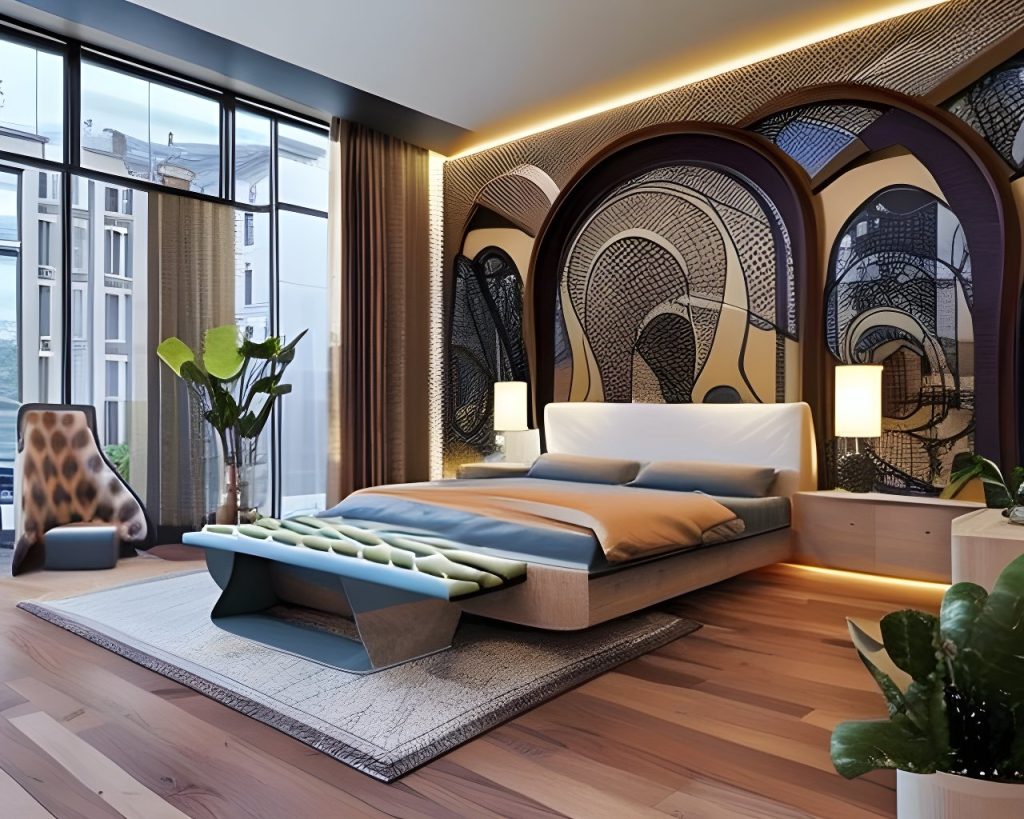
complimentary AI interior design tools are revolutionizing the way we approach home and business design projects. These innovative digital assistants offer a wealth of options for everyone from amateur designers to seasoned professionals. AI-powered tools help to visualize spaces, generate design ideas, and create virtual prototypes, all without hefty price tags. This article explores how complimentary AI interior design tools are solving design challenges and making the design process more accessible and efficient. We’ll delve into the attributes, benefits, and potential drawbacks, equipping you with the knowledge to make informed decisions about incorporating these tools into your projects.
Unveiling the Power of AI-Powered Design Tools
Introduction to AI in Interior Design
AI is transforming numerous industries, and interior design is no exception. complimentary AI interior design tools offer an accessible and powerful way for users to ideaualize, plan, and visualize their interior projects, often including elements of style, and providing design inspiration. These tools empower users to explore various design ideas without the constraints of traditional methods, or significant design budget requirements. They are an effective way to explore varied options quickly and easily. From generating floor plans to creating 3D visualizations, these tools cover the design process from initial idea to final execution.
The Rise of complimentary Design Resources
Today’s industry abounds with complimentary online resources, making design more accessible than ever. These AI-driven tools cater to various budgets and skill levels, removing the financial barriers traditionally associated with professional interior design consultations. Many complimentary tools offer basic but effective attributes, making them an appealing option for students, DIY enthusiasts, and individuals seeking to enhance their design knowledge. These readily available options simplify the design process.
The benefits of complimentary AI Interior Design Tools
Related Post : How To Start Interior Design
Streamlined Design Process
AI-powered tools automate repetitive tasks and streamline the design process, from initial ideation to rendering. Users can swiftly experiment with varied color palettes, furniture arscopements, and lighting schemes, rapidly visualizing the impact of various changes within a space. This iteration ability, common in these software packages, allows designers to see the final product before committing to hard decisions and costly purchases.
Accessibility and Cost-efficacy
complimentary AI design tools are a budget-friendly solution for design projects, especially for students or individuals. No hefty upfront costs, monthly fees, or ongoing licensing required. The democratization of design possibilities is a significant benefit for both consumers and businesses. Individuals can experiment with design ideas, and professionals can use them as supporting tools to help enhance their overall design plan.
Design Inspiration and Ideas
complimentary AI-powered tools often generate design ideas and inspiration. Users are often presented with a vast scope of design ideas based on their input, which helps spark creativity and accelerate the overall design process. Furthermore, AI tools can generate a variety of looks, including modern, vintage, or other styles based on the user’s input and specific requests.
Exploring varied AI-Powered Interior Design Tools
attributes Comparison
Several complimentary AI interior design tools offer similar yet unique functionalities. It’s crucial to consider these differences in order to determine which one suits your specific needs and design aesthetic optimal. These tools often allow for room layout, creating 3D models, generating material visualizations, and providing virtual floor plans. Some tools even offer a user-friendly interface to select design aesthetics.
Choosing the Right AI Tool for Your Needs
Understanding the varied Platforms
varied AI tools cater to varied user needs. Some are maximized for simple floor plan creation, while others focus on detailed 3D renderings or more sophisticated style explorations. Take time to explore the various options, considering the specific attributes you need to achieve your desired outcomes. For example, if a specific look or aesthetic is crucial, a tool specializing in that style might be optimal.
User Reviews and Community Feedback
Before choosing a particular tool, study user reviews to understand the user experience and determine any common drawbacks. An active community can often offer guidance or insight on using the tool effectively.
Testing and Evaluation
Try out a few complimentary options before committing to one. Many tools offer complimentary trials or limited-attribute versions to allow users to experience the functionality and user interface firsthand. This hands-on experimentation will help you decide which tool aligns optimal with your specific needs.
Overcoming Potential Challenges
Accuracy and Real-World Applicability
While complimentary AI tools are improving, there’s always a gap between theoretical design and the practical implementation. Designers should use these tools for inspiration and rough sketches, not as the sole source of design. Remember to refine the output to meet the specific needs of the project.
Conclusion
FAQs
FAQs
FAQs
In conclusion, leveraging complimentary AI for interior design is a game-changer for homeowners and businesses alike. With user-friendly tools, affordable options, and compelling outcomes, it’s no longer a luxury but a smart investment. Ready to transform your space? Explore the AI-powered design tools available today and embark on a design journey that seamlessly blends creativity and technology. Remember to study the specifics of each tool’s capabilities, user experience, and pricing before committing.